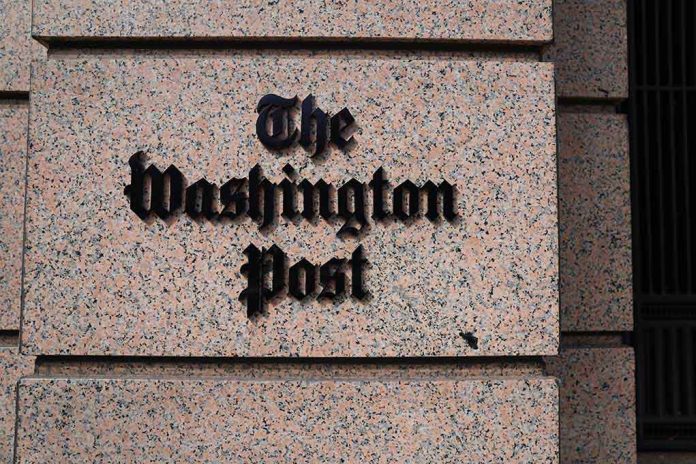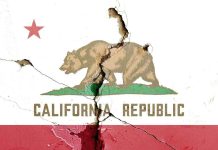
The Washington Post’s front-page coverage following a catastrophic aviation disaster has sparked criticism, igniting a broader call for national reconciliation in the face of crisis.
Key Takeaways
- The Washington Post faced backlash for prioritizing anti-Trump articles over a major aviation disaster story.
- A mid-air collision near Ronald Reagan National Airport resulted in no expected survivors, marking a significant aviation tragedy.
- Aviation disaster coverage should have led news sections, exposing gaps in prioritization within national media outlets.
- This incident highlights the need for national empathy and collaboration in times of crisis.
Washington Post Coverage Sparks Outrage
Criticism arose when the Washington Post emphasized anti-Trump articles on its front page, overshadowing the news of a tragic aviation disaster. This decision drew ire from the public, with many questioning the paper’s priorities in reporting during such critical events. Sister Toldjah, a North Carolina-based writer, argues that the media consistently fails to adjust coverage priorities during emergencies, underscoring longstanding biases.
The mid-air collision between a military helicopter and an airliner near Reagan National Airport had no expected survivors, rendering it one of the deadliest since 2009. The Washington Post’s decision to cover this story as a secondary concern speaks volumes about their editorial decisions.
Prioritization in Media Coverage
Following the disaster, calls for prioritization in news coverage emerged. Given the gravity of such events, there is a consensus that major aviation disasters should lead the news. With reader outrage building, the need for the media to reflect this in their reporting becomes increasingly evident.
Addressing this, the call for national empathy and collaboration in the wake of disasters presses those in the media to reevaluate their approach. Critical reflection can shepherd national healing, fostering understanding among disparate groups.
A Need for Unity Amidst Crisis
In light of the incident, there emerges an opportunity to bridge divides. Disasters, either natural or man-made, necessitate the rallying of collective efforts over individual biases. Gathering as a nation, placing humanity over division, not only aids immediate recovery but works toward long-term consolidation.
Media outlets, in particular, hold a responsibility to reflect the imperative of mutual respect and understanding by prioritizing stories that unite rather than those that polarize. The hope is that the media evolves to meet this challenge, playing their part in the tapestry of national resilience.





